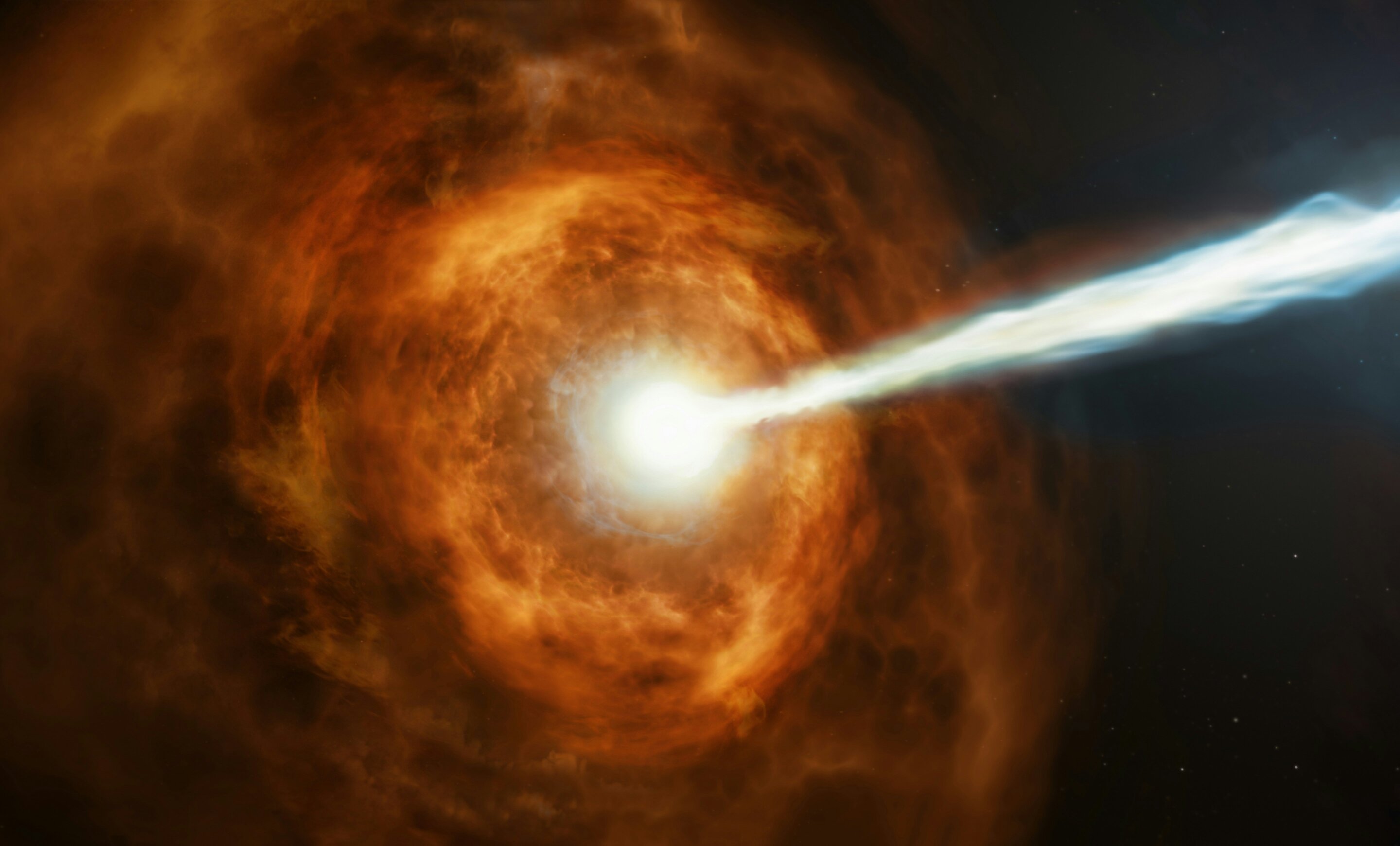- cross-posted to:
- [email protected]
- cross-posted to:
- [email protected]
Physicists have been keen to test Lorentz invariance ever since. It strictly holds in all experiments done to date. Now, a group from China has looked at the most powerful gamma ray burst ever seen and found that the photons it emitted at the same time arrived at their telescope at the same time, even if they had different frequencies.
From this result, the lower energy limit where quantum gravity appears has been raised five-fold. Their work has been published in the journal Physical Review Letters.
To test this, a research group from the Large High Altitude Air Shower Observatory (LHAASO) in China looked at the afterglow of the brightest gamma-ray burst ever observed, 221009A. This GRB, discovered in 2022 and lasting just over 10 seconds, but observable for 10 hours after detection, was in a distant galaxy 2.4 billion light-years away, meaning its highly energetic gamma rays had taken 2.4 billion years to arrive at Earth.
Within 100 minutes after the 221009A trigger, their Water Cherenkov Detector Array measured more than 64,000 photons with energies up to 7 trillion electron-volts. Over its short lifetime, the GRB was estimated to release as much energy as the entire Milky Way galaxy does in 500 million years.


